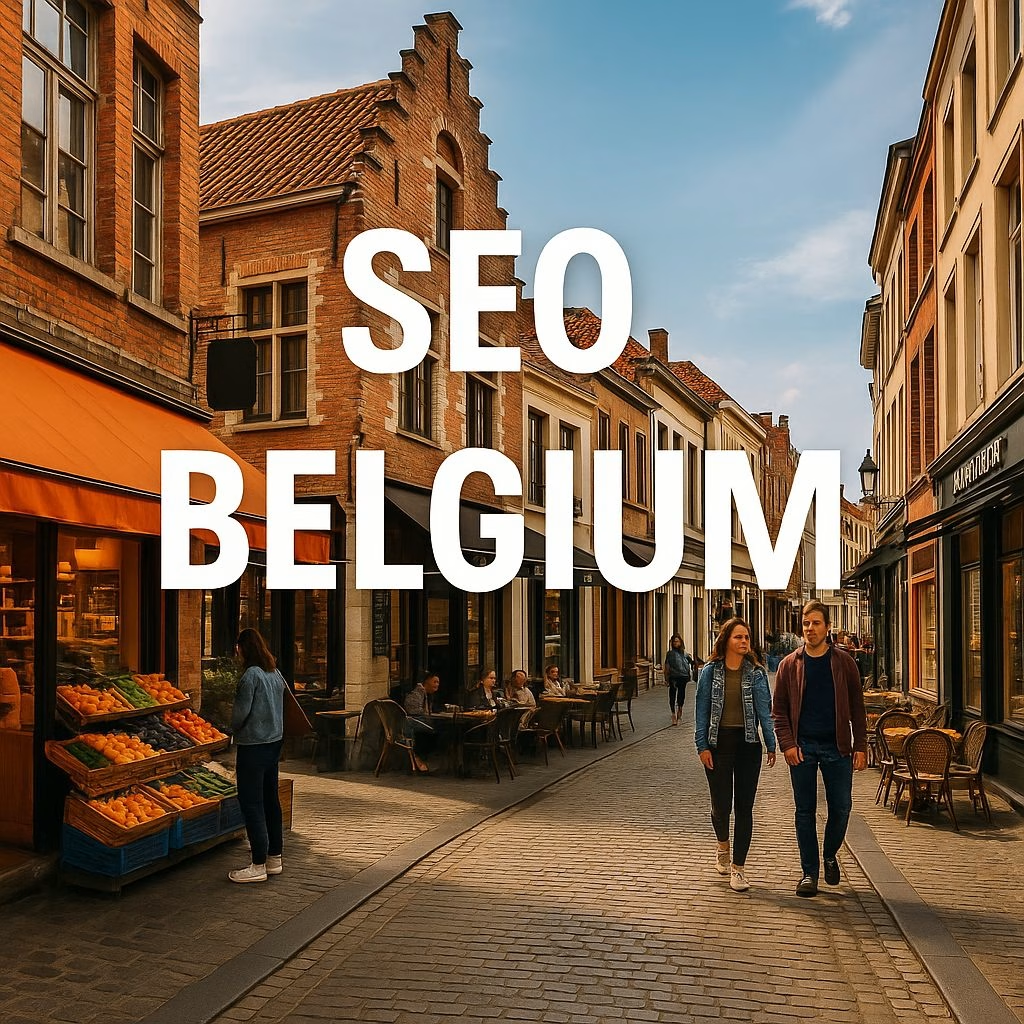
Belgium is a country of contrasts — bustling city centers, quiet rural towns, and three official languages that split markets in fascinating ways. Yet most SEO advice online treats Belgium like a generic European stopover.
Let me tell you a quick story: A small café owner in Ghent once asked why her beautifully designed website wasn’t bringing in local customers. She had spent months perfecting the visuals, the branding, even the social media. But her site wasn’t ranking for “beste koffie Gent” or “meilleur café Gand.” Why? Because she hadn’t localized her SEO strategy.
That’s why SEO in Belgium demands its own playbook. Not just keyword stuffing or link buying — but understanding how Belgians search, where they look, and what makes them trust one business over another.
Understanding the Belgian Digital Landscape
- Search Engine Preferences in Belgium
Google dominates, but niche users turn to Bing, Ecosia, or even privacy-focused search engines. Optimizing beyond Google can give you an edge, especially for eco-conscious or tech-savvy audiences. - Language Considerations: Dutch, French, and German SEO Nuances
Belgium’s multilingual nature means your keyword research, meta tags, and content must reflect all major audience segments, or you risk missing half the market. For instance, Flemish customers might search “goedkope webdesign Antwerpen” while Walloon customers type “création de site Liège.” Ignoring this can cut your reach drastically. - Understanding Cultural Sensitivities
Belgian consumers value authenticity. Local references, familiar idioms, and even humor adapted to the region can significantly improve engagement rates.
Core Elements of a Strong Local SEO Strategy
- Keyword Research for Local Audiences
Focus on local modifiers (e.g., “bakkerij Brussel,” “pizzeria Liège”). Tools like SEMrush or Ahrefs can help uncover region-specific terms, but don’t underestimate the value of talking directly to customers or analyzing local competitor websites. - On-Page Optimization for Belgian Service Pages
Tailor titles, meta descriptions, and H1s to include local keywords. Don’t overlook schema markup for better visibility in local search results, such as addingLocalBusinessschema for a higher chance of appearing in Google’s local pack.
Building Local Authority with Backlinks
- Earning Links from Belgian Directories and Media
List your business in high-authority local directories like goudengids.be or pagesdor.be. Reach out to Belgian journalists and bloggers for relevant mentions, and consider submitting press releases to local news outlets. - Leveraging Partnerships with Local Influencers
Partner with micro-influencers on Instagram or TikTok who speak to your specific audience segment, whether Dutch-speaking in Antwerp or French-speaking in Namur. A short shout-out from a trusted local voice can be worth far more than a generic paid campaign. - Case Example: One Belgian chocolatier boosted online visibility by partnering with regional food bloggers who reviewed their seasonal praline boxes, earning organic backlinks and significant referral traffic.
Technical SEO Essentials
- Ensuring Fast Loading Times Across Belgian Networks
Compress images, enable browser caching, and test with tools like Google PageSpeed Insights for both mobile and desktop versions. Don’t forget to check performance across mobile networks, as Belgium’s coverage varies between regions. - Mobile Optimization for Urban and Rural Areas
With high mobile usage even in small towns, responsive design and mobile-friendly layouts are non-negotiable. Mobile-first indexing is here to stay — make sure your call-to-action buttons are tap-friendly and text is readable without zooming. - SSL and Security Compliance
Belgian customers are security-conscious. Ensure your site has a valid SSL certificate and complies with GDPR regulations to maintain trust.
Tracking and Improving Your SEO Performance:
- Best Tools for Monitoring Local Rankings
Use tools like SERPWatcher, BrightLocal, or SE Ranking to track region-specific keyword positions. Set up Google Analytics and Google Search Console with regional segments for more detailed insights. - Adjusting Strategy Based on Regional Insights
Analyze traffic patterns to see which regions are engaging most, and adjust content or campaigns to strengthen underperforming areas. For example, if you see strong traffic from Brussels but weak engagement in Liège, consider creating French-language blog content or targeted ads. - Anecdote: One local fashion boutique used heatmap tools to realize French-speaking visitors were dropping off because certain pages only offered Dutch. A quick translation doubled their session time and increased sales conversions by 30%.
Final Thoughts
SEO in Belgium isn’t just about ranking #1 — it’s about connecting with local customers across languages, regions, and cultures. By applying a comprehensive, tailored strategy, your local business can stand out and build long-term success.
Want help optimizing your Belgian website for SEO? Reach out to our team at Webvibe and let’s craft a strategy that works. We understand the Belgian market because we live and breathe it every day and we’re here to help you thrive.






